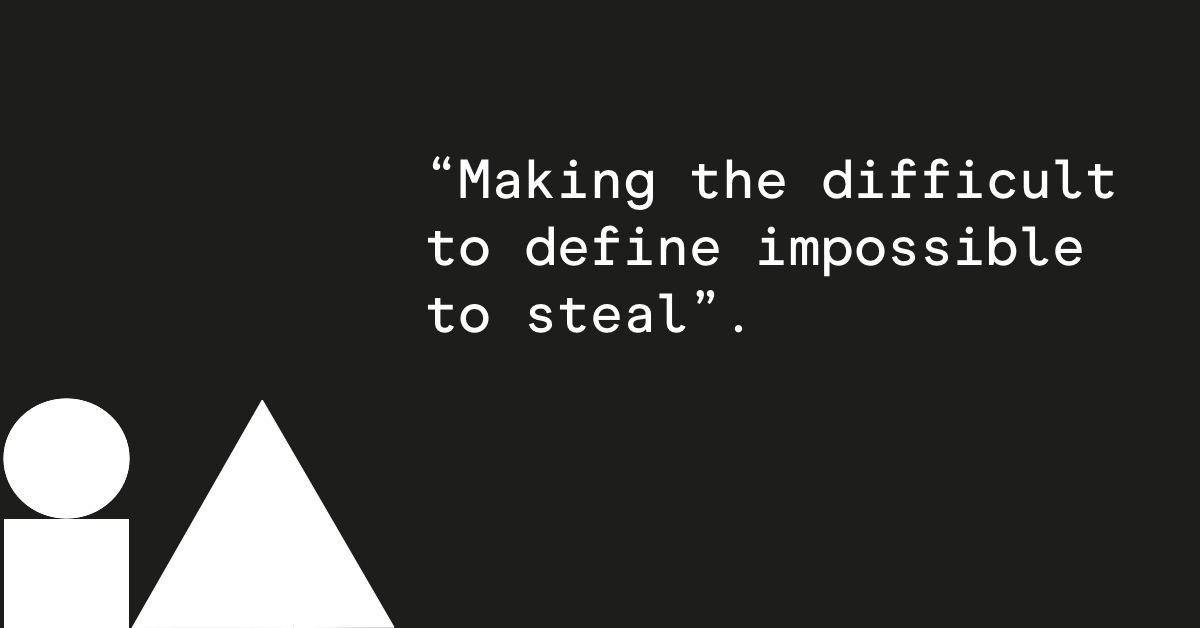
 Whilst the sale of counterfeit goods may not be a new phenomenon, their distribution and sale have significantly increased as more and more people make the switch from high street to online purchasing.
Whilst the sale of counterfeit goods may not be a new phenomenon, their distribution and sale have significantly increased as more and more people make the switch from high street to online purchasing.
Online marketplaces such as Amazon can be the perfect space for counterfeit goods to be sold to unsuspecting buyers looking for a decent quality product at a reasonable price. It’s easy – simply create an account and claim to sell ‘genuine’ versions of a well-known brand’s product, steal some images from said brand, set a low and/or believable price and you have the perfect consumer trap!
Given such ease, Amazon’s latest initiative, ‘Project Zero’, is designed to combat the widespread sale of counterfeit goods on its platform. As the world’s leading e-commerce retailer, Project Zero is a logical move for Amazon, which wishes to clean up its image as a place for counterfeits that benefit from the gloss of Amazon’s branding and platform.
So what is Project Zero and how does it work? Project Zero takes a three-pronged approach:
Delisting The first is a free membership to Project Zero that entitles brand owners to actively police their brand on the platform, and crucially, empowers them to autonomously delist listings selling counterfeit products. Refunds can then be arranged for customers who have purchased items identified as counterfeit. Brand owners’ powers are curtailed at the point of removal, where Amazon claim that they will review any listings removed via this feature. Nonetheless, listings will remain unavailable on the marketplace during that interim.
Automation Data collected from this first prong of Project Zero will be utilised to strengthen its second prong: automated protections. Project Zero builds on Amazon’s 2017 enforcement initiative, Amazon Brand Registry, which uses a similar mechanism of automated protection to detect and proactively remove suspected infringing or inaccurate content based on the limited information provided by those enrolled. Operating an advanced version of this prior system, Project Zero utilises Amazon’s machine learning to improve its counterfeit detection facilities and enable it to continuously and more frequently remove such listings.
Product serialisation The third and final prong of Project Zero is product serialisation. Members can opt to implement a unique Amazon code into every unit they manufacture, enabling Amazon staff to scan and authenticate a product before it has even departed from any of its numerous warehouses. This feature appears to provide a solution to the ease with which counterfeiters are able to replicate the current Amazon Standard Identification Number (ASIN), which several have condemned as being too simplistic. However, this particular service is not without a charge, costing its subscribers anywhere between $0.01 – $0.05 per unit, based on volume.
Whilst currently invite only, brand owners can complete what Amazon has named its ‘waitlist’, which appears to function as an application form for admission. Amongst other questions appearing on this waitlist, applicants are asked whether they have enlisted all of their brands on Amazon Brand Registry. As such, Brand owners not currently enrolled with Amazon Brand Registry are advised to do so as a first step before submitting their Project Zero applications. Amazon’s recent efforts serve to highlight the need for brand owners to put into effect non-traditional online enforcement strategies. As counterfeiters become increasingly shrewd, brand owners must devote resources to proactively monitor and enforce their brands online. Amazon also reportedly already does a lot of takedowns of their own volition in the background, without brand owners’ involvement. However, the big question to be answered in the fullness of time is whether this new initiative will shift the onus (and associated resource) from Amazon back to brand owners?
Tags
Online Brand Enforcement /
Tech /
Anti-Counterfeiting
Found this article interesting today?
Send us your thoughts:
Send us your thoughts:
Would you like to read more articles like this?
Stobbs IP Limited
Building 1000
Cambridge Research Park
CB25 9PD
Building 1000
Cambridge Research Park
CB25 9PD
Tel. 01223 435240
Fax. 01223 425258
info@iamstobbs.com
Fax. 01223 425258
info@iamstobbs.com
Website Terms & Conditions
Privacy policy
German office legal notice
Cookie Declaration
Complaints Policy
Copyright © 2022 Stobbs IP
Privacy policy
German office legal notice
Cookie Declaration
Complaints Policy
Copyright © 2022 Stobbs IP
Stobbs (IP) Limited, trading as Stobbs, registered in England and Wales, Company number 08369121.
Registered Office: Building 1000, Cambridge Research Park, Cambridge, CB25 9PD.
VAT Number 155 4670 01.
Stobbs (IP) Limited and its directors and employees who are registered UK trade mark attorneys are regulated by IPReg www.ipreg.org.uk
Registered Office: Building 1000, Cambridge Research Park, Cambridge, CB25 9PD.
VAT Number 155 4670 01.
Stobbs (IP) Limited and its directors and employees who are registered UK trade mark attorneys are regulated by IPReg www.ipreg.org.uk



